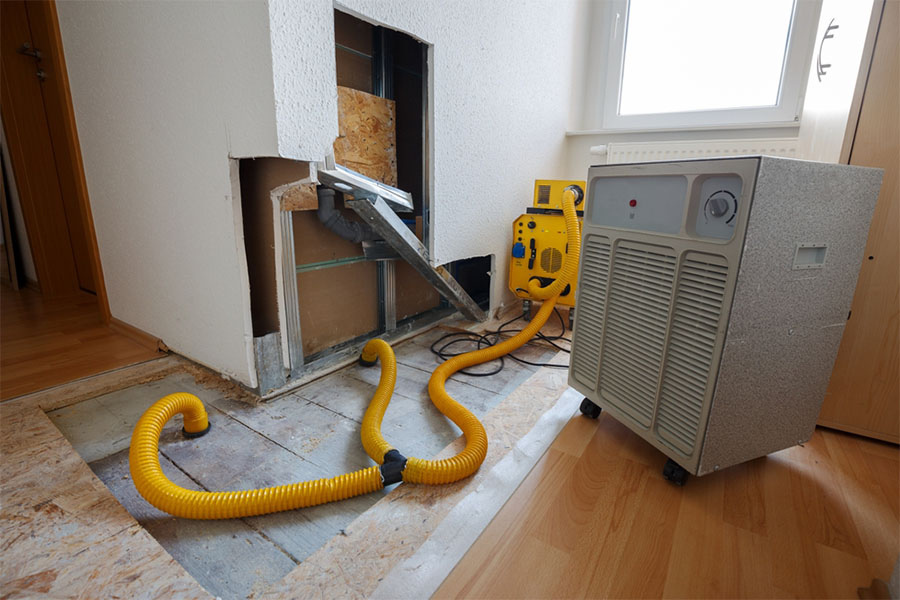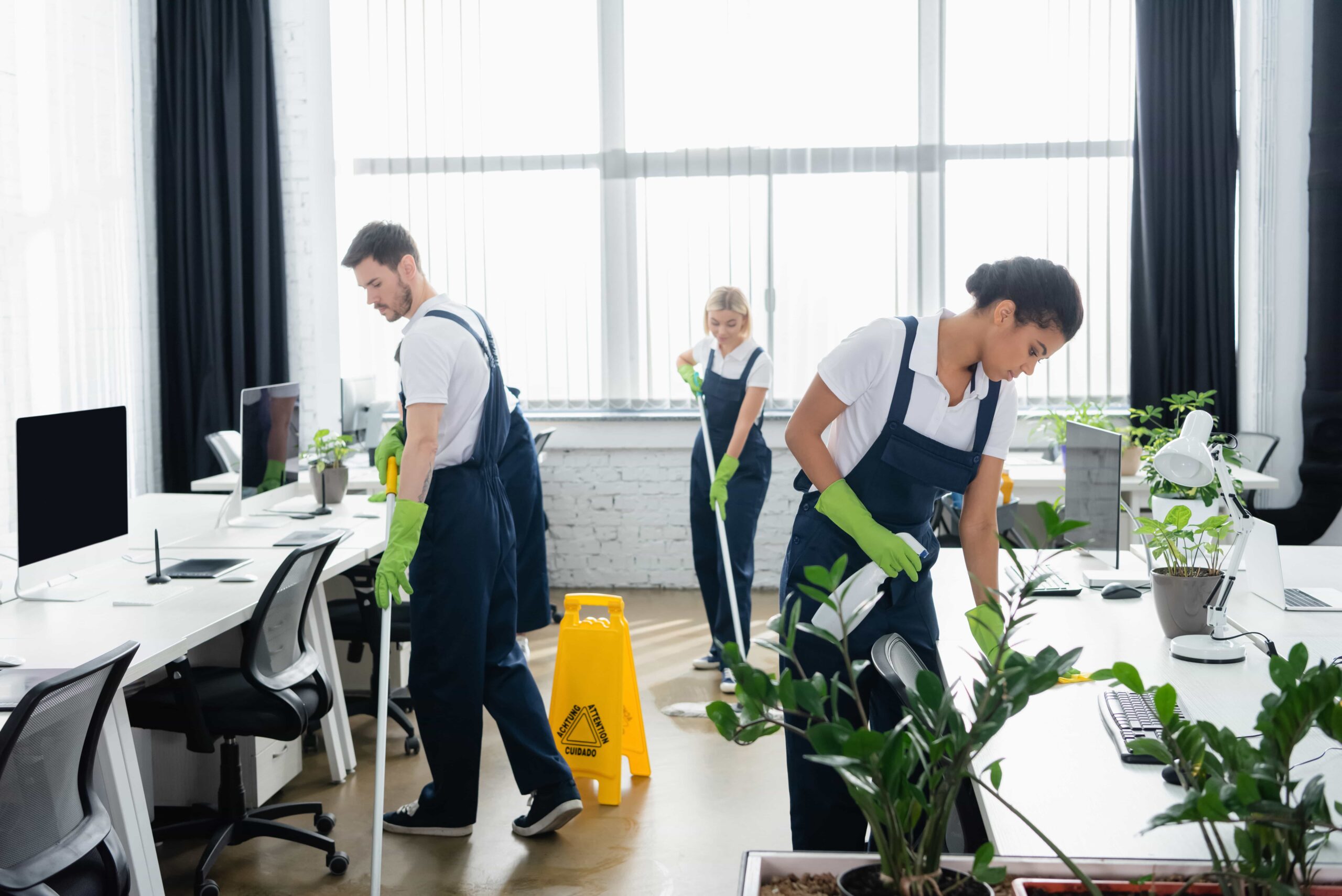
Water damage can strike at any time, whether due to heavy rainfall, burst pipes, or unexpected flooding. In Grand Rapids, where seasonal changes bring varying levels of precipitation, water damage restoration is a crucial service for homeowners and business owners alike. Quick action is necessary to mitigate further destruction and ensure the safety of a property.
Understanding the Impact of Water Damage
Water damage can have severe consequences, affecting not just the structure of a building but also personal belongings and indoor air quality. When excess water accumulates, it seeps into walls, floors, and furniture, leading to potential mold growth and weakening the integrity of a property. The presence of moisture can also attract pests, creating additional challenges for property owners. Addressing water damage promptly prevents costly repairs and maintains a safe living environment.
One of the primary concerns with water damage is mold development. Within 24 to 48 hours of exposure to moisture, mold spores begin to colonize, spreading rapidly throughout a building. Mold not only damages materials but can also pose health risks, particularly for individuals with respiratory conditions. Proper water damage restoration in Grand Rapids involves thorough drying, dehumidification, and sanitation to prevent such issues.
Structural damage is another serious effect of prolonged exposure to water. Wood swells and warps, drywall weakens, and metal elements corrode when subjected to excessive moisture. This deterioration can lead to unsafe living conditions and require extensive repairs if not addressed immediately. Engaging professional restoration services ensures that affected areas are properly assessed and treated to prevent further damage.
The Process of Water Damage Restoration
Effective water damage restoration follows a structured process to ensure that properties are returned to their pre-damaged state. The first step in the restoration process involves assessing the extent of the damage. Professionals use moisture detectors and infrared cameras to identify hidden water pockets that could lead to long-term issues. This initial evaluation guides the restoration plan and determines the necessary equipment and techniques.
Once the damage is assessed, the removal of standing water is the next critical step. High-powered pumps and industrial-grade vacuums extract excess water, preventing it from spreading to unaffected areas. Removing water quickly minimizes the risk of secondary damage and accelerates the drying process.
Drying and dehumidification are essential components of restoration. Powerful air movers and dehumidifiers are strategically placed to eliminate remaining moisture from walls, floors, and furniture. This step is crucial in preventing mold growth and structural weakening. Professionals monitor humidity levels throughout the process to ensure optimal drying conditions.
Sanitization and cleaning follow the drying process. Water damage can introduce bacteria, pathogens, and unpleasant odors into a property. Restoration specialists use antimicrobial treatments and specialized cleaning agents to disinfect affected areas, ensuring a safe and healthy environment. Upholstery, carpets, and other porous materials are carefully treated to remove contaminants and restore their condition.
Choosing the Right Water Damage Restoration Service in Grand Rapids
Selecting a reliable water damage restoration service is crucial for ensuring efficient and thorough restoration. Experience and certification are key factors to consider when hiring professionals. Companies with certified technicians, such as those accredited by the Institute of Inspection, Cleaning and Restoration Certification (IICRC), demonstrate expertise in water damage restoration techniques.
A rapid response time is another critical aspect when choosing a restoration service. Water damage can worsen within hours, making it imperative to engage professionals who offer emergency services. Many reputable companies in Grand Rapids provide 24/7 assistance, ensuring that immediate action is taken to prevent further deterioration of the property.
Transparency in pricing and services also plays a significant role in selecting the right restoration provider. A trustworthy company provides detailed assessments and cost estimates before initiating any work, ensuring that clients understand the scope of services required. Avoiding companies that offer vague pricing or lack clear communication can help prevent unexpected costs and ensure a smooth restoration process.
Customer reviews and testimonials can also provide valuable insight into a company’s reputation. Reading feedback from previous clients helps gauge the quality of service and professionalism. A restoration company with positive reviews and a history of successful projects is more likely to deliver reliable and effective solutions.
Ensuring Long-Term Protection Against Water Damage
Preventing future water damage is as important as restoring a property after an incident. Regular maintenance and proactive measures can safeguard homes and businesses in Grand Rapids from recurring issues. One of the most effective ways to prevent water damage is by ensuring proper drainage around a property. Cleaning gutters and downspouts regularly allows rainwater to flow away from the foundation, reducing the risk of water seepage into basements and lower levels.
Inspecting plumbing systems for leaks and corrosion can also prevent unexpected water damage. Aging pipes and faulty connections can lead to slow leaks that, over time, cause significant structural issues. Scheduling routine plumbing inspections and addressing minor leaks promptly helps maintain the integrity of a building’s water system.
Installing a sump pump in areas prone to flooding can serve as an additional safeguard. Sump pumps automatically remove excess water from basements and crawl spaces, preventing standing water from accumulating. Regularly testing and maintaining the pump ensures its reliability during heavy rainfall or plumbing failures.
Proper ventilation in areas with high humidity levels, such as bathrooms and kitchens, helps prevent moisture buildup that can lead to mold growth. Using exhaust fans, dehumidifiers, and ensuring adequate airflow reduces the risk of condensation and water-related damage.
Water damage restoration in Grand Rapids is a critical service for maintaining safe and secure properties. Understanding the impact of water damage, following a structured restoration process, and choosing a reputable service provider can make a significant difference in mitigating damage and restoring a property effectively. Taking preventative measures further ensures long-term protection, reducing the likelihood of recurring issues and costly repairs.




























